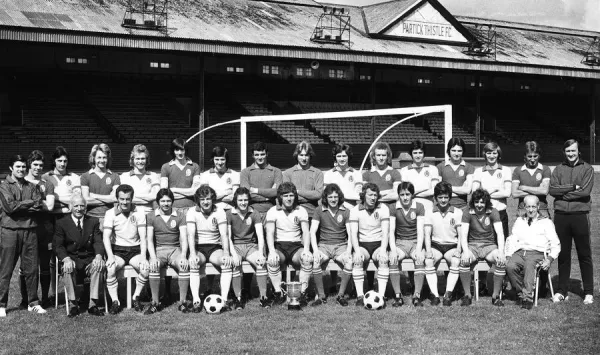Understanding Partick Thistle: Legacy and Current Status

Introduction
Partick Thistle Football Club, founded in 1876, is one of the oldest professional football clubs in Scotland. Based in the North West of Glasgow, the club has a rich history and a passionate fan base, making it an integral part of Scottish football culture. With recent developments in their performance and management, Partick Thistle continues to be a topic of interest among football enthusiasts.
Historical Background
Partick Thistle was formed by the merger of two teams and has spent much of its history alternating between Scotland’s top divisions. They achieved their highest success during the mid-1970s, when they reached the Scottish Cup finals and secured the Scottish League Cup in 1971. Their iconic ground, Firhill Stadium, has witnessed numerous memorable moments over the decades.
Recent Developments
In recent seasons, Partick Thistle has faced various challenges, including relegation battles and management changes. The 2022-2023 season marked a turning point as they endeavoured to claim a position in the league higher than the previous year. Under the guidance of their current manager, the team has shown promising performances, culminating in a strong mid-table position in the Scottish Championship.
Community Engagement
Partick Thistle is not just about football; it plays a significant role in the local community. The club has focused on various outreach programs, including youth initiatives and charity events. Their partnership with local schools promotes sports among young people, nurturing the next generation of players and fans.
Conclusion
Partick Thistle continues to be a significant player in Scottish football, with a rich heritage and a vibrant community presence. As the team strives to regain its former glory in the league, fans hold high hopes for their future. The club’s ability to engage and inspire continues to resonate with its supporters, reinforcing its status as a beloved institution within Scottish football.
